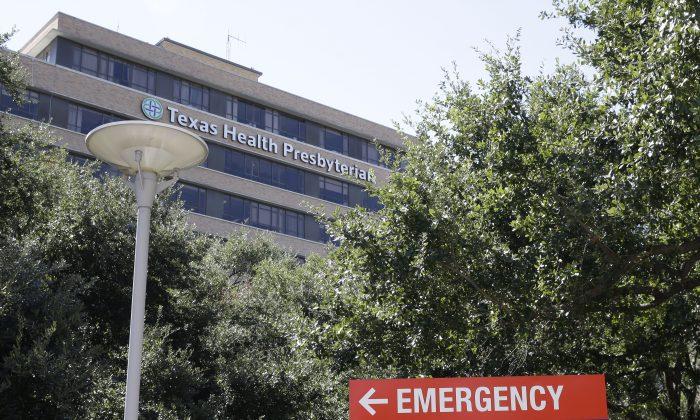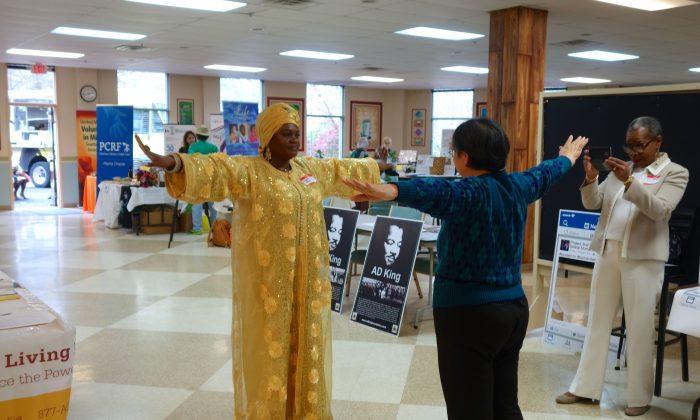When the first four Ebola patients traveled to America, it was planned, careful, and controlled.
No one seems to have been exposed to the virus in the course of caring for the health missionaries who traveled here this summer. The accidental Ebola patient who arrived in September pointed to gaps in America’s defenses.
Authorities in Dallas said Sunday they’ve located a homeless man who needs to be monitored because he may have had contact with Thomas Duncan, who is in critical condition with Ebola in a Dallas hospital. At least 100 people had direct or indirect contact with him, after he was sent home from an emergency room in an astounding lapse of communication.
The virus has no preventive vaccine, no approved drug treatment, and is lethal, killing between 50 and 90 percent of the people it infects. According to the CDC, it can only be spread once a person has symptoms, and can only be spread through bodily fluids, meaning blood, vomit, urine, semen, or saliva. Another person can catch the disease by getting those germs into his own body, perhaps by wiping his eyes or through a cut in the skin.
It is not spread through the air, like the flu or a cold. But Dr. Jane Orient, president of Doctors for Disaster Preparedness, doubts that. She wrote, “It would be quite remarkable for body fluids like vomitus or saliva to be infectious while on the patient, or after landing on a surface (where they may remain infectious for days), but not while aerosolized between the patient and their landing place. Cells in the skin and mucous membranes contain receptors targeted by the virus.”
Orient understands that authorities do not want to inspire a panic. But she thinks it is time to use precautions.
People from affected areas should be screened. Medical personnel should be highly suspicious of anyone with the symptoms that could be Ebola, and take a careful history. Those symptoms are headache, aches, prostration, diarrhea, nausea, and vomiting, and a rash. We should be quick to quarantine people, and hospitals should be trained now so they do not make the kinds of mistakes the hospital in Texas made.
We need hard-headed realism, not complacent reassurance,” she wrote.
CDC Director Tom Frieden said on ABC’s “This Week” that it is not possible to get the risk to zero, yet he is “quite confident we will not have a widespread outbreak” in the United States.
“People who are scared, I say, we don’t take lightly your fear. We respect it. We understand it,” Dr. Anthony Fauci of the National Institutes of Health said Sunday.
But West Africa, because of the weaknesses in its health system, is not the United States, Fauci said, predicting “we won’t have an outbreak.” Scientists know how to stop the virus from spreading.
That’s not to say that Duncan, the first Ebola case diagnosed within the United States, will be the only one.
The Associated Press contributed to this report.






Friends Read Free